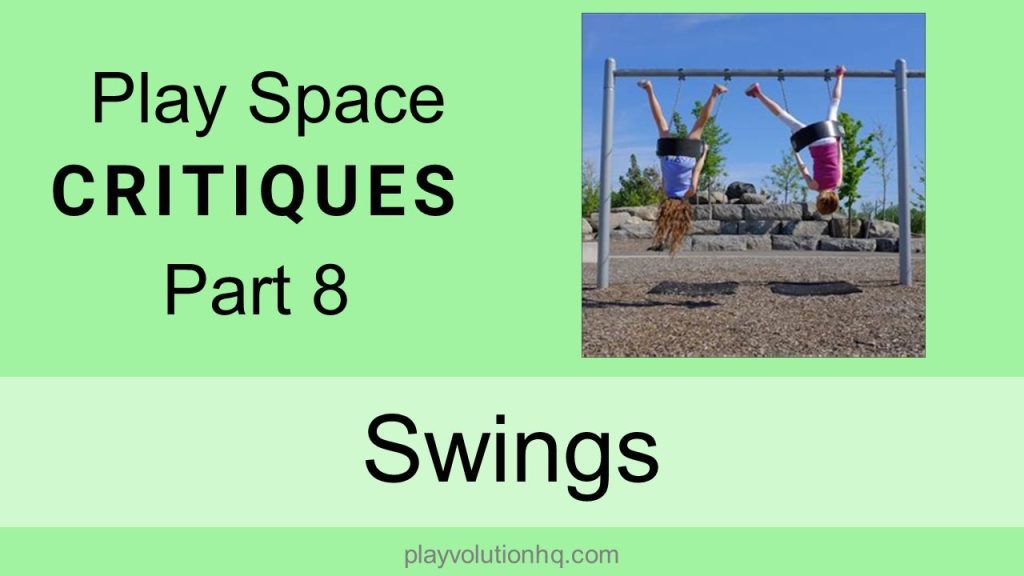
Here at Playvolution HQ, we love all most swings and all the fun and learning they invite. Most? Yes, there’s one kind of swing we see as a blight on the early learning landscape. We’ll get to that later. Now, let’s take a look at some photos.
Old school swings. Little Swings On The Prairie, Laura Ingalls Wilder’s unpublished novel about rural playgrounds in the early 1900s. It appears adults have been turning old tires into swings for almost as long as there have been tires.
Let’s pause to appreciate stand-up swinging. It’s a different physical experience than standard sit-down swinging. If you currently ban this way of swinging, sussing out ways you could support it. Like other non-conventional ways of using swings, it is 100% a school readiness activity.
As you see at the middle swing in this image and in upcoming photos, using these devices is also a very social activity.
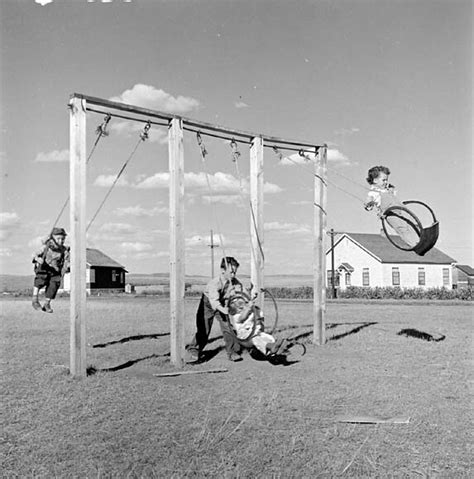
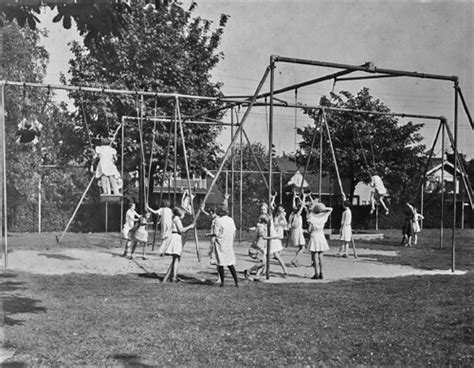
Look at that structure! It’s amazing. Was it ordered out of a catalog, or did someone reach out to Dale and the guys down at the local pipe fitters union hall and ask them to come up with something for the school playground?
Look how high the seats are from the ground. Look how high off the ground the girl on the far left in the black sweater is. And next to here, we have not only stand-up swinging, but double stand-up swinging–two kids facing each other. How did they get up there?
Finally, in the back, there’s ring swinging. Mostly hang-by the-hands swinging, but one kid is inverted. Upside down or right side up, swinging is great for developing the vestibular system.
Indoor platform swings–two good ideas in one. Indoor swings are delightful, and platform swings–inside or out–are as well. Like stand-up swinging, they provide an opportunity to use the body differently.
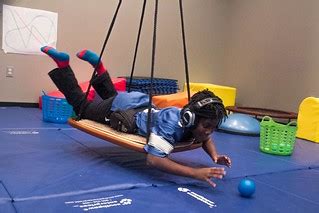
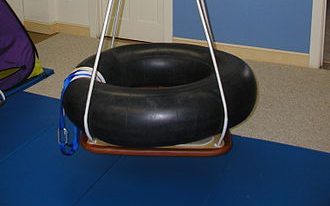
I’ve visited infant/toddler rooms with swinging platforms–barely 2 inches (ca. 5 cm) off the floor–that the kids love. Watching a mobile infant crawl over, manipulate their body onto the platform, and put themselves in motion is something to behold. I used to have a 6’x6′ version hanging from a tree in my yard. It was a relaxing place to read and watch the world drift back and forth.
Like I mentioned above, swinging can be a social activity–which means lots of language use and practice of social skills. Unfortunately, many early learning settings curtail the social side of swinging with their rules.
One person on the swing at a time. But she wants me to swing with her. If you’re not swinging, stay away from the swings. But she needs me to spin her. No spinning. But it’s a spaceship, and spaceships spin. No back talk–time to go inside.
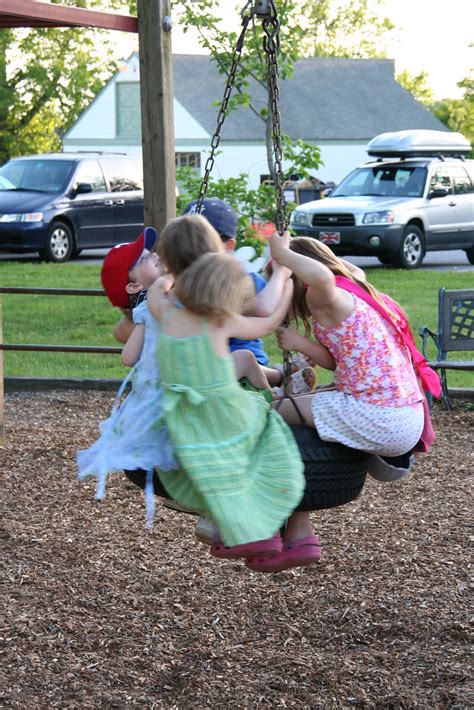
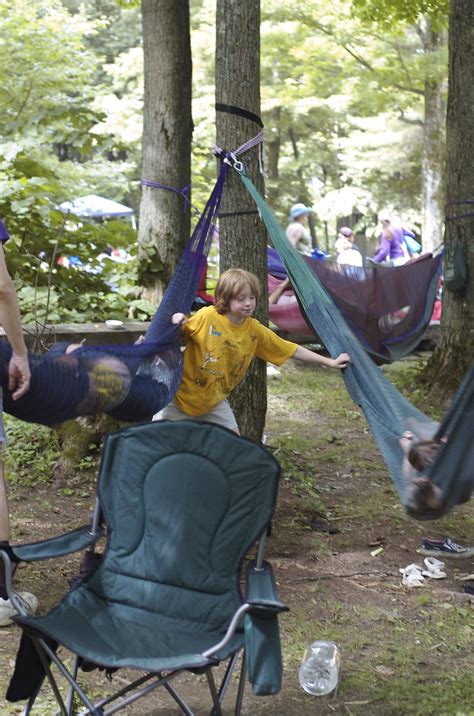
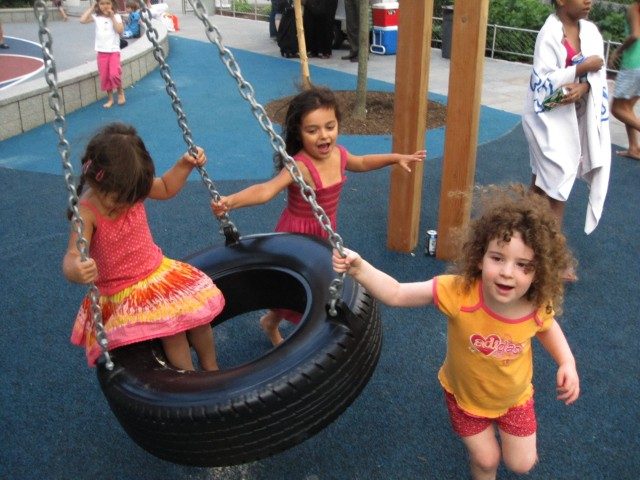
Much of what’s going on in these three photos would be outlawed in many early learning settings. Too DANGEROUS, the rule makers and scolds lecture. The swings must be used right!
Too bad. Banning this kind of swing play prunes novelty, fun, and potential learning from the children’s day.
The rule makers and scolds upset about the above images would really be concerned about these next two. Swinging so high that you’re inverted and swing leaping. Good times. Back in the day, our goal was to swing so high and fast that we’d do a full circle. Never managed it.
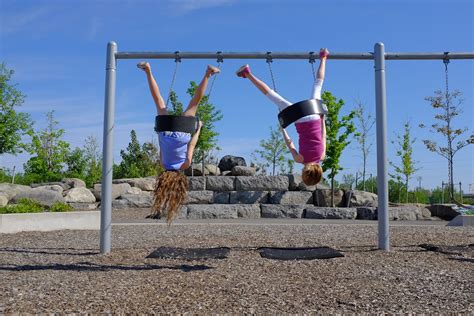
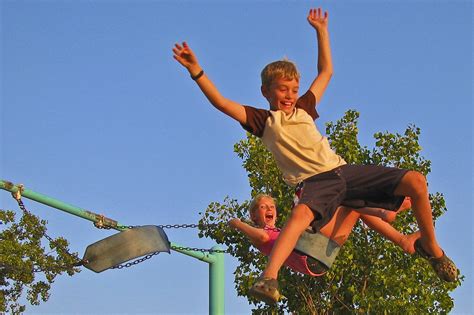
We’d also get into competitions to see who could leap the farthest. No one ever got hurt bad. Sure, there were some scraped knees and bruised egos, but those things should be part of every childhood.
Look at the joy on those faces! With some thoughtful risk assessment and hazard mitigation, these activities can be supported instead of banned. The benefits are far greater than the dangers.
Another style of platform swing.
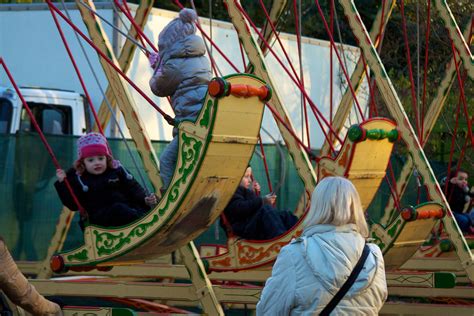
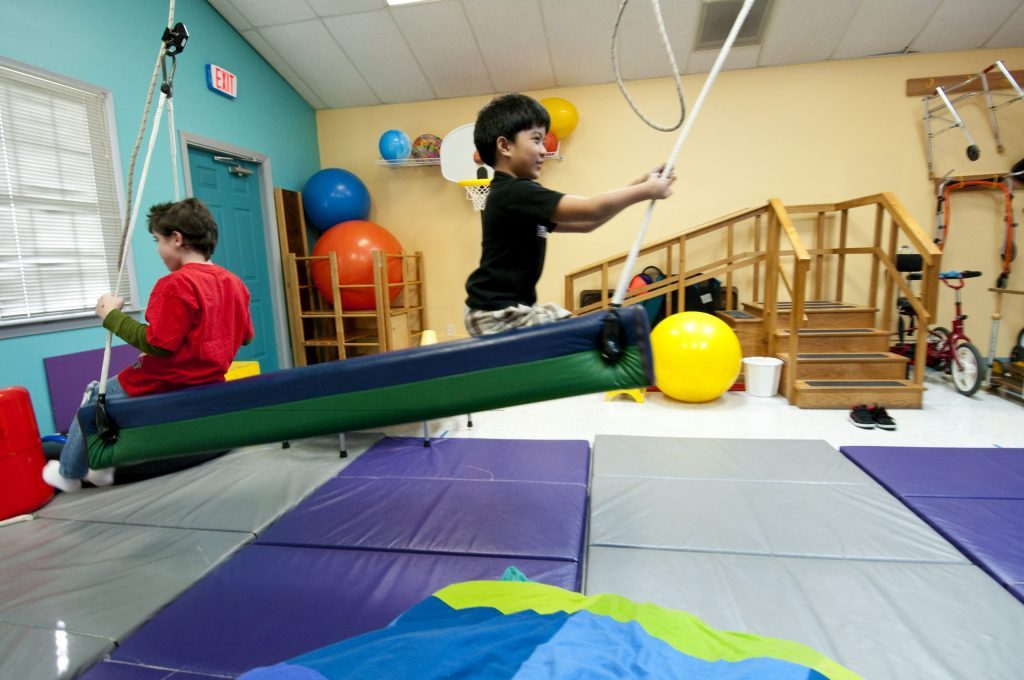
It takes a lot of arm and leg work to get a swing moving. Those activities push and pull against the body (AKA Heavy Work) and help build the proprioceptive system.
Ah, here it is. The one kind of swing we can’t abide here at Playvolution HQ. These things should only be used for ultra-short periods. Kids are confined in these contraptions way too long in early learning settings. Baby swings are big contributors to Container Baby Syndrome.
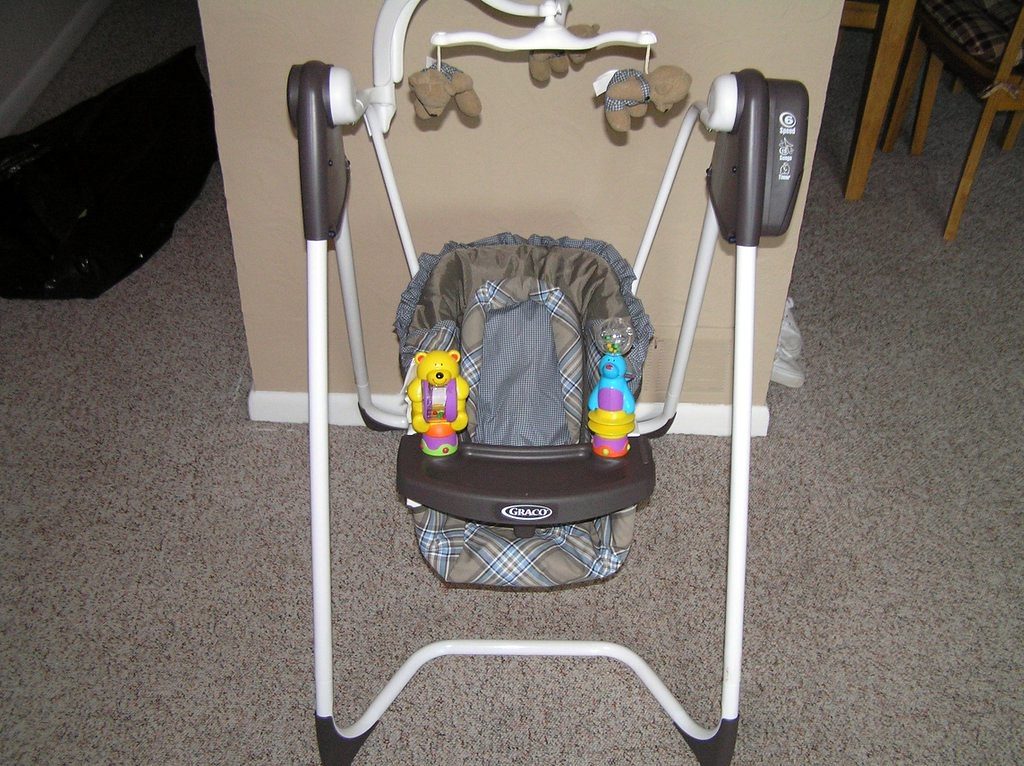
Babies should be free to move around and work their arms and legs. If I had a time machine, the second thing I would do is go back and slap the person that invented these things in the face with a rainbow trout. That’d teach him.
Swings Conclusions
Keen observers will have noticed some of the above swings appear to be in therapeutic settings. We live in a world where kids have less access to swings than past generations. When they get to swing, there have less time and more swing use restrictions. Then many get sent to swing under the supervision of pediatric occupational therapists to build the skills they could have developed on their own if they had more swings, swing time, and the freedom to swing as they preferred.
Have thoughts on the photos–or thoughts on our thoughts? Share them in the comments. You’ll find more play space critiques here.
Brought to you by Explorations Early Learning
Contribute content to Playvolution HQ
Post Author
Jeff Johnson is an early learning trainer, podcaster, and author who founded Explorations Early Learning, Playvolution HQ, and Play Haven.
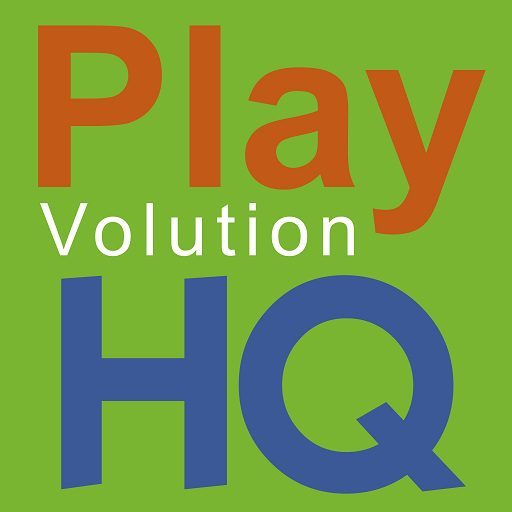
Leave a Reply